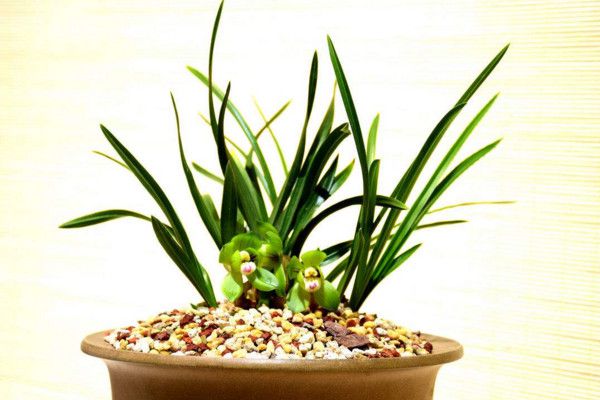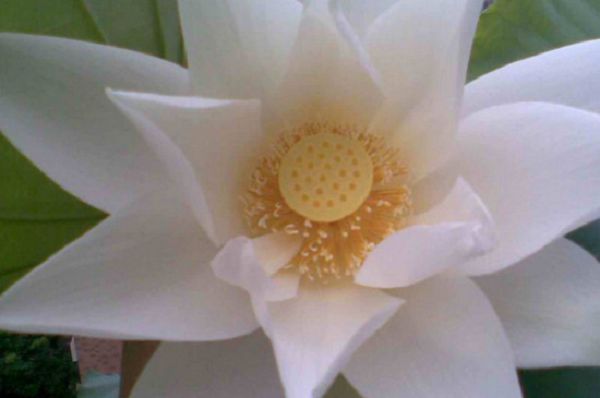How can orchids blossom? soil selection is an important part of ensuring flowering.

Orchid is one of the top ten famous flowers in China, has always been a symbol of nobility and elegance, and is deeply sought after by people. The requirement of orchid flowering is relatively high, and soil selection is the most important part to ensure its normal flowering.
How can orchids blossom
1. Soil selection
Choosing the right soil is the first step in making orchids blossom. Orchid itself is a relatively delicate plant, if there is not a good soil environment, it is likely not to blossom. It likes loose, fertile, slightly acidic soil rich in humus, and can generally be mixed with rotten leaf soil, laterite and river sand to make nutrient soil.
2. Lighting conditions
Orchids like shade and are afraid of bright light, so they need to be cultivated in a ventilated and cool environment. Hot summer weather, too much light should be put indoors to avoid, should not be exposed to the sun. But if you want to make it blossom, you can't have no light at all. when the weather is warm and suitable, you can put it on the balcony to bask in the sun.
3. Water quantity control
Orchids like to be wet, that is, when cultivating, we should always pay attention to keeping the soil moist and should not be too dry. Generally, water is watered every 2-3 days in spring and autumn, and once a week in winter. Watering should not be overdone, otherwise it will lead to stagnant water in the basin and rot the roots. If the roots are rotten, they will not absorb the nutrients of growth, which is also very disadvantageous to flowering.
4. Reasonable fertilization.
We have to apply fertilizer, and we can't apply more fertilizer. If you fertilize too much in summer, it will lead to exuberant leaves in autumn, separating the nutrients that can be absorbed by flowering, resulting in non-flowering or scarcity of flowers. Do not apply more nitrogen fertilizer when fertilizing, otherwise it will make the growth of leaves and flowers malnourished, resulting in the phenomenon of not blooming.
5. Temperature requirement
Orchids like to grow in the environment with large temperature difference, and the most suitable temperature is between 15 ℃ and 25 ℃, and about 12 ℃ at night. Therefore, when it is hot in summer, it should be grown in a cool environment, while in winter, it should be moved indoors and warmed up appropriately.
6. Pruning in time
In the process of orchid growth, sometimes some leaves turn yellow, so cut them off in time to avoid absorbing more than nutrients and keep the leaves green all the year round. At the same time, some withered and diseased leaves should also be pruned to prevent diseases, cause damage to the plant itself, and affect flowering.
Related
- Is the orchid suitable for indoor use? Is it good for the body?
- How to prevent the empty root of orchids?
- What to do after the crab claw orchid is withered?
- Why are the leaves of orchids always yellow? Fertilizing and watering.
- Can the root of the gentleman orchid be saved if it is rotten?
- Diagnosis and treatment of cotton-blowing beetle insects in Cymbidium
- There is a way for a gentleman's orchid to rot.
- What is the most suitable temperature and humidity for the orchid?
- How to raise a gentleman's orchid? Cultivation techniques of Cymbidium
- How to prepare the nutritive soil for the cultivation of Cymbidium



